One of the striking features of the Poco M3 camera is its unique design language that is simple but bold at the same time. The triple camera setup on the rear side looks nicely integrated with a leather-like textured plastic cover – blue in my case.
The trio features a 48MP lens, a norm in this price bracket. It is further supported by a 2MP macro lens and a 2MP portrait sensor meant for bokeh shots. For selfies, the waterdrop notch on the front holds an 8MP lens.
AI is just crappy
In terms of image quality, I would call it a mishmash. The camera shoots 12MP images in the standard mode that look reasonable under balanced lighting conditions, if not the best; however, the Poco M3 seems helpless in tackling the bright sunlight accurately. You can either fix the exposure manually before taking the shot or deal with the exposure in post-editing.
I noticed overexposed shots with ordinary detail in contrast to some rival phones. The color aberration doesn’t get better even with AI turned on. On the other hand, HDR performs nicely showing a better dynamic range and overall quality boost.
The digital zoom that goes as high as 8x for the still camera can capture acceptable images up to 3x.
Talking about the 48MP full images, I would say the 12MP HDR-based shot looks crispier and detailed than the 48MP counterpart. Look at the comparison, and you can feel the 48MP image doesn’t bring extra detail and sharpness than its smaller 12MP variant.
The 2MP macro lens is just an ordinary performer falling short of expectation. The images turn out less contrasty, dull in colors, and the noise level is higher. I found it a common problem for still photos and macro videos alike. However, the bokeh shots are good in detail and colorful. The only problem with the portrait mode is the inconsistent focus for smaller objects.
Night mode is a performer
The standard mode at night struggles with the exposure level the way it does in the daylight, but the Night mode on Poco M3 makes the difference here. In good ambient light, Night mode is capable of grabbing fair details and colors. The standard mode doesn’t go well with the lights showing some lens flare; in contrast, the night mode keeps things under control.
For selfies at night, the phone only offers a screen flash on the front camera, which falls short of expectation by putting uneven light on the face. Unfortunately, no night mode on the front camera leaves you highly dependent upon the ambient light.
We have also uploaded the high-resolution images of the Poco M3 camera on google drive for your review.
For the video, the phone can record 1080p videos at 30 fps. The quality seems impressive in this category, but the autofocus gets stuck and needs manual tapping when the scene changes. The focus does not readjust itself always.
This phone can give you slow-mo videos at 120fps at 720p resolution. You shouldn’t expect much in terms of quality.
The overall opinion about the Poco M3 camera is that it has more pros than cons. Its image quality exceeds in many ways its immediate rival Infinix Note 7 that also carries a 48MP camera. You can also find much better 48MP lenses on phones like Vivo V20 SE and Oppo F17 Pro, but that also considerably raises the price tag.

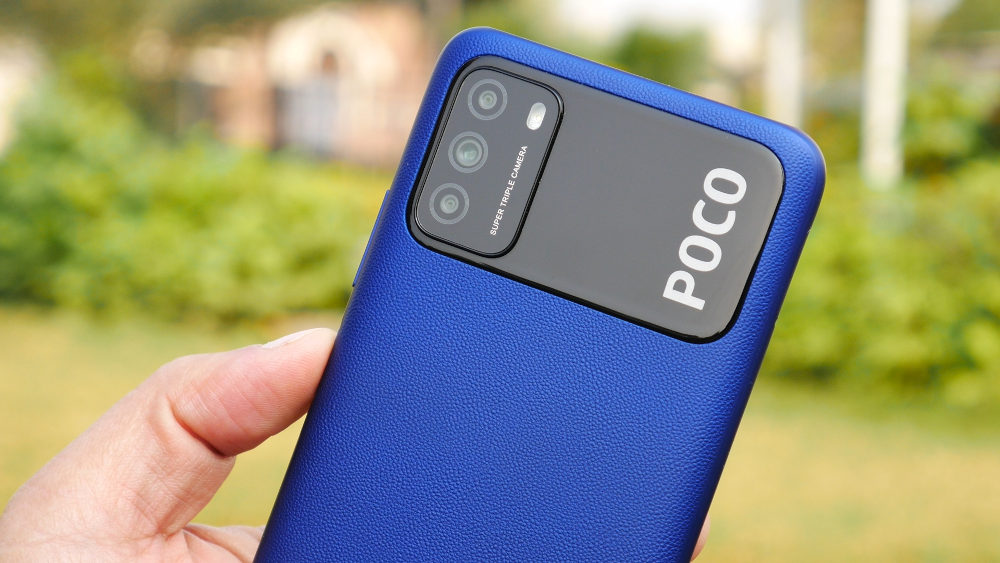
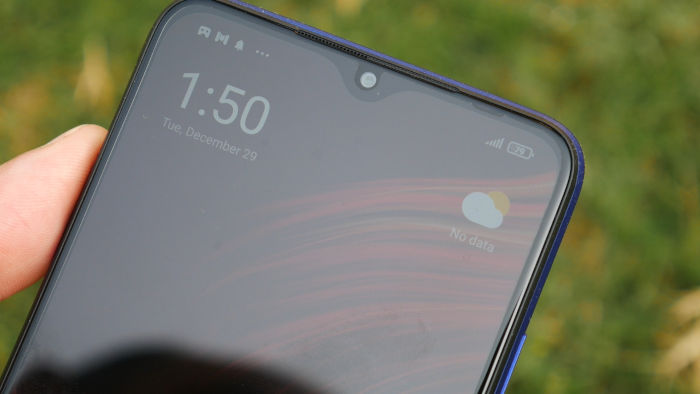
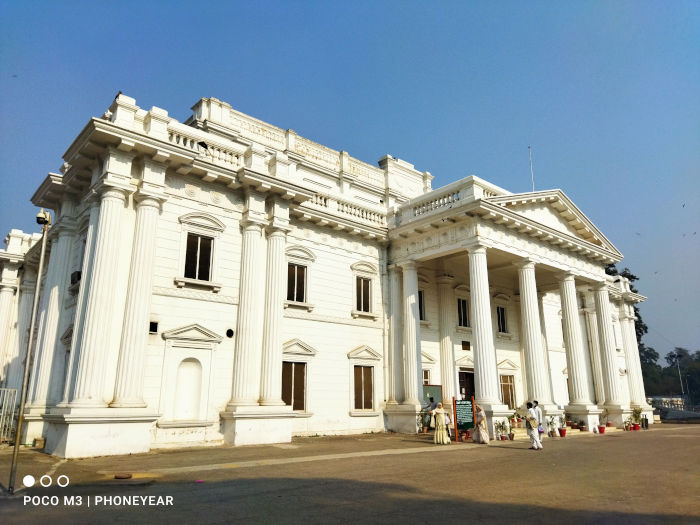
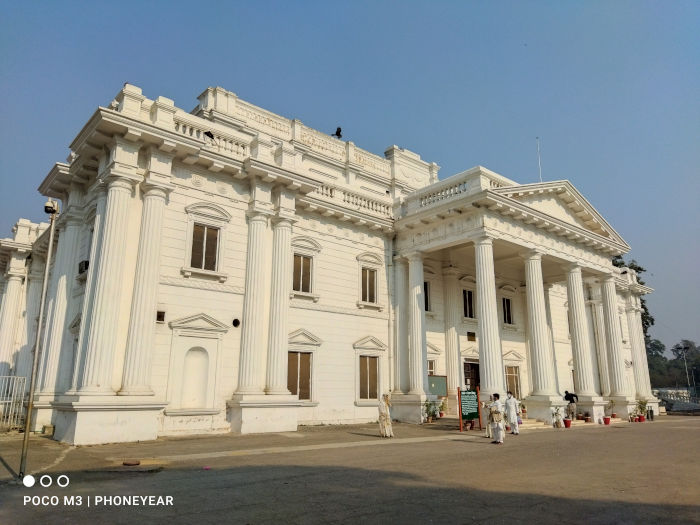
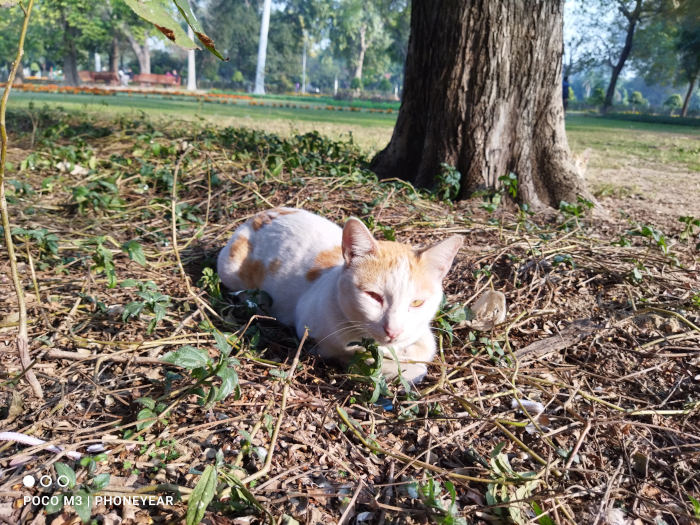
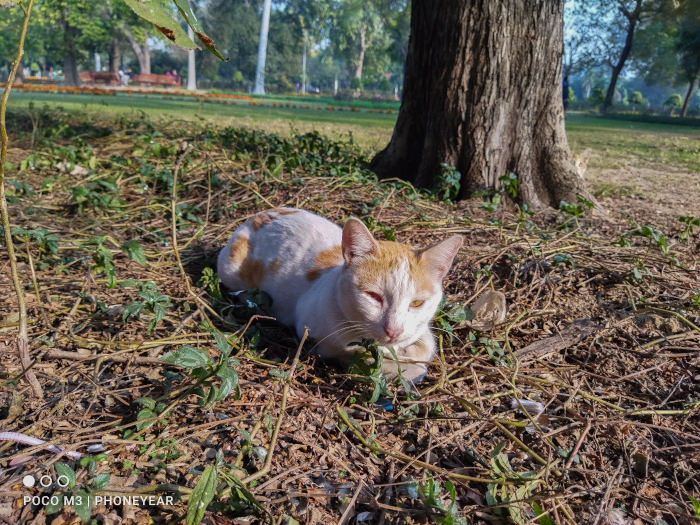
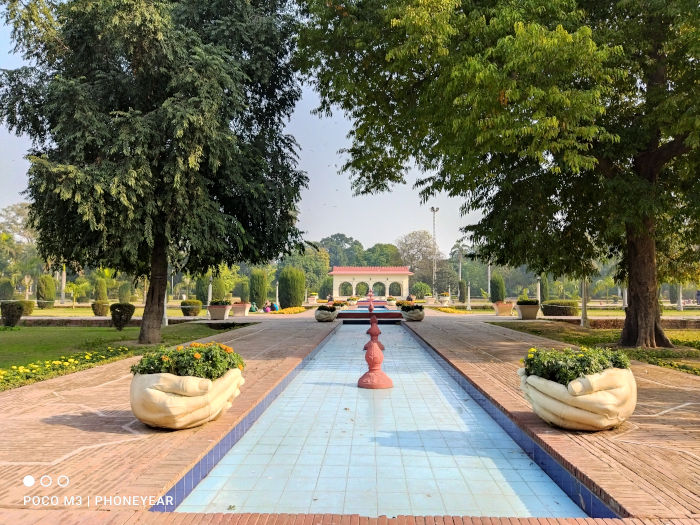
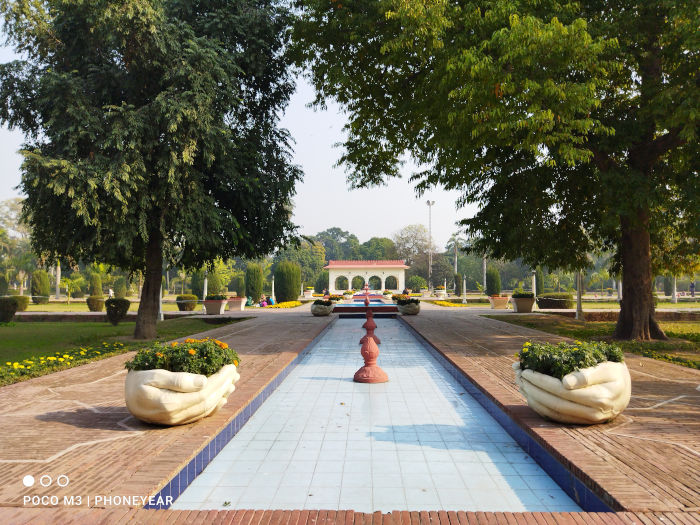
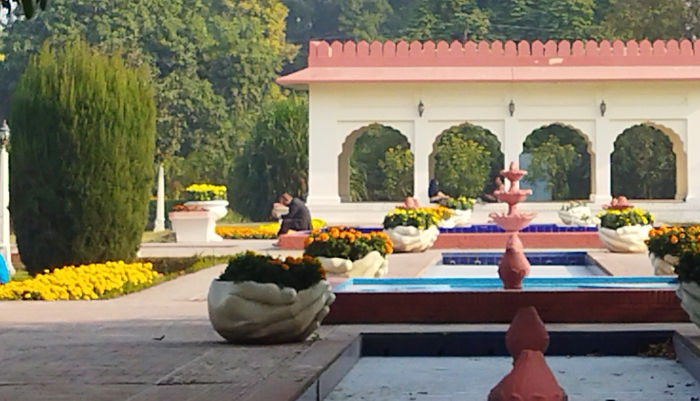
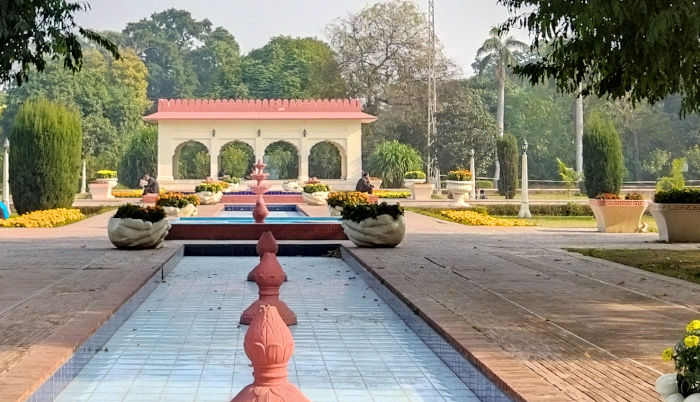



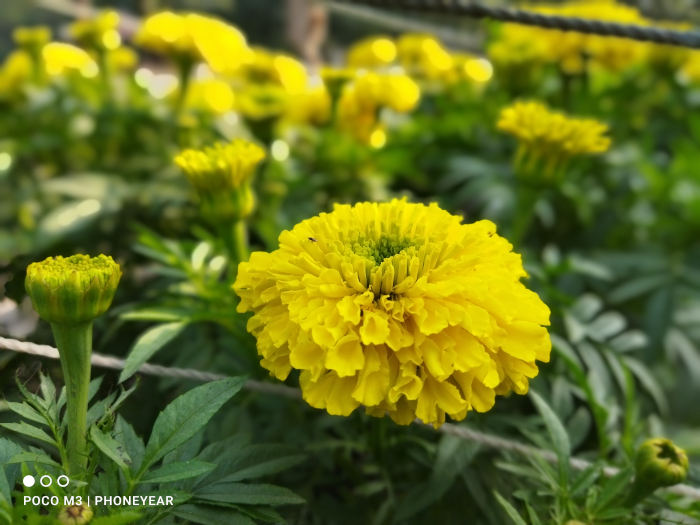
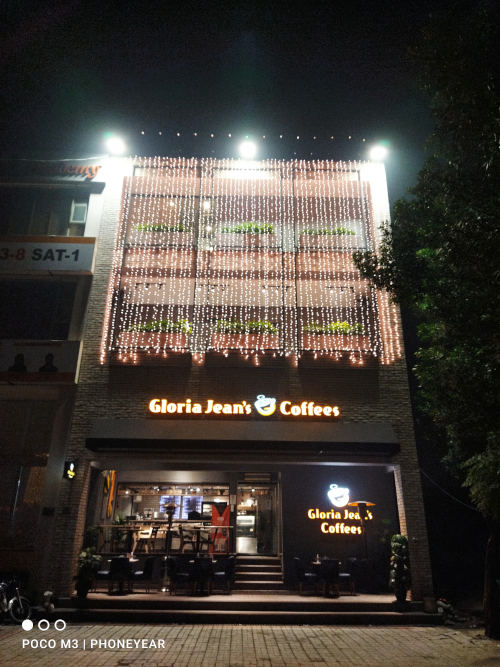
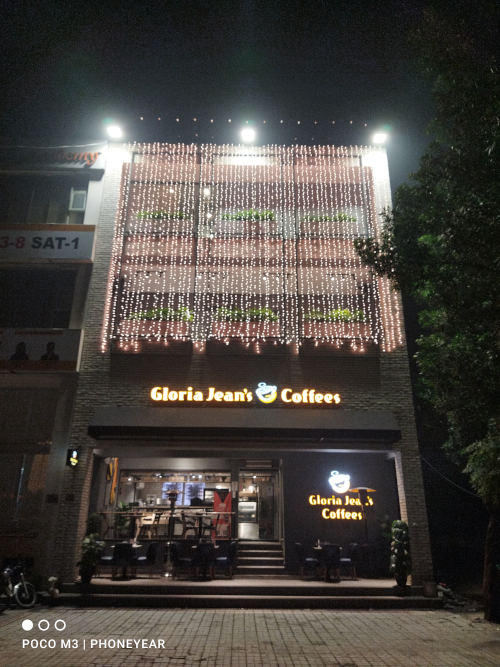
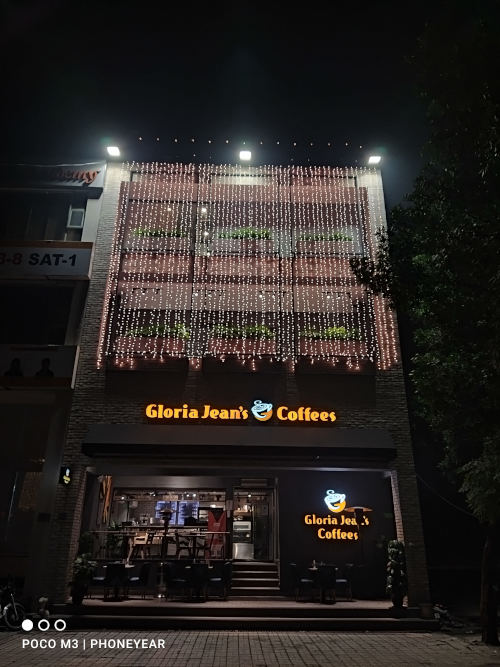






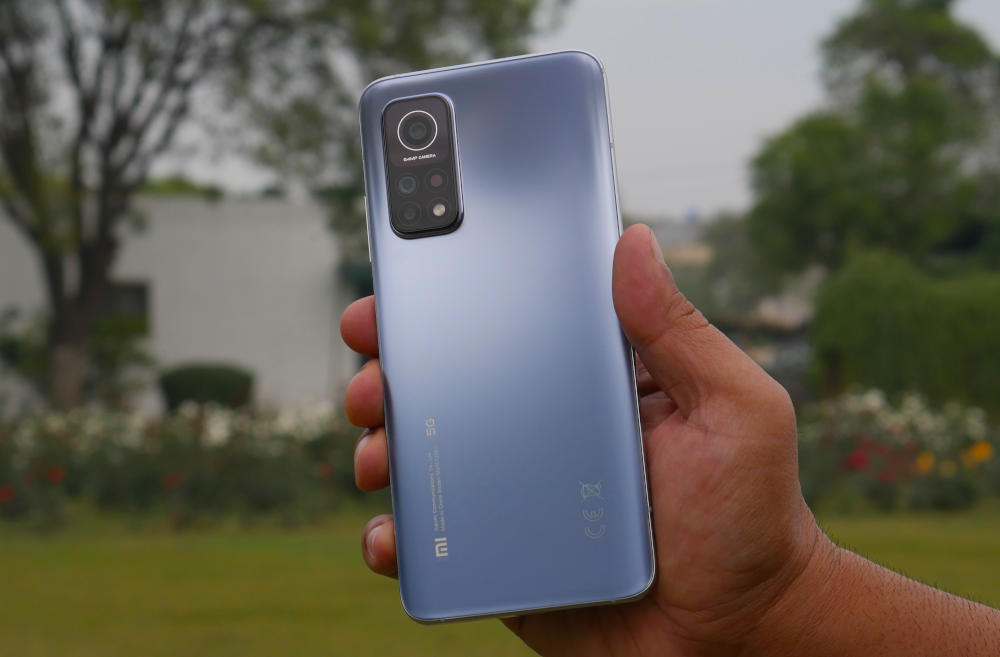
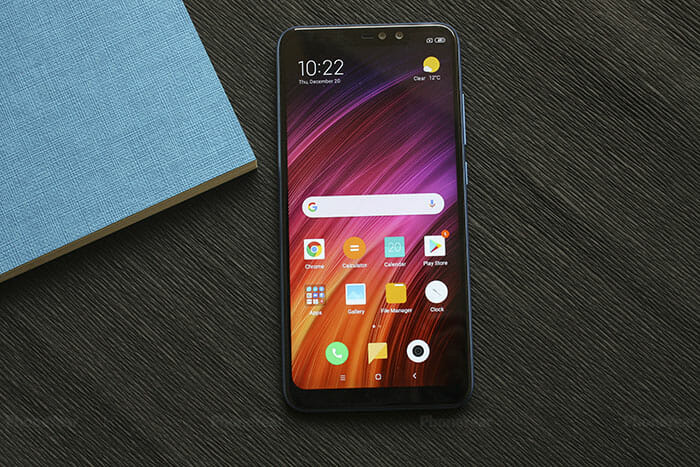

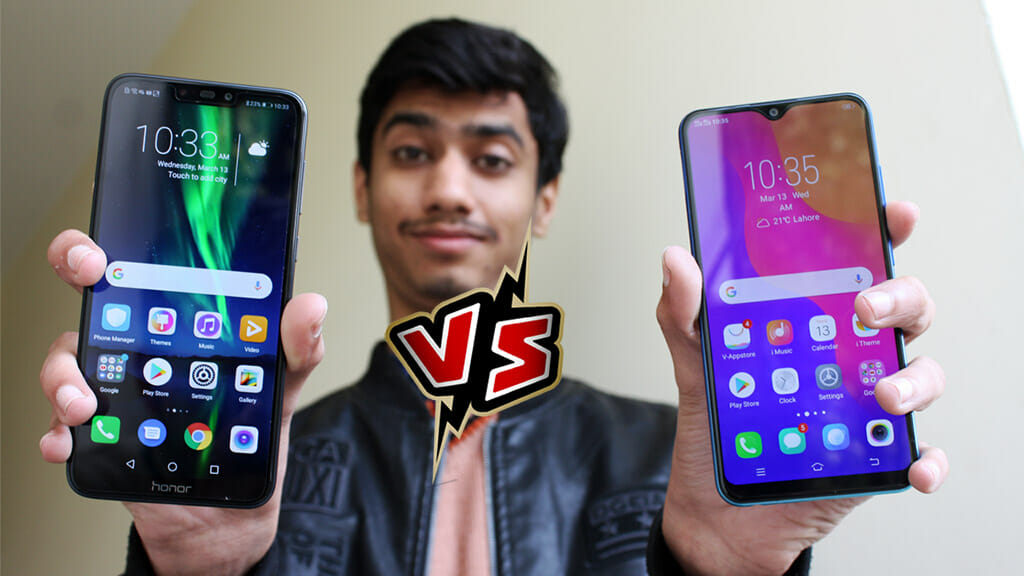
Dear friends,
You are doing great job but I don’t understand why we can’t see original images?!
Will be great if you can publish some link to download original image so that we can see how that photos really looks like.
Also, i’m trying to find some web page with smartphones camera original photo samples. Can you recommend me some site? Something similar to digital photography preview where we can find original photos of each type and lenses of camera.
Thank you!